
Establishing direct lines of communication between key parties means enabling teams, organizations, and consumers to speak with each other effectively.

Failing to identify or understand a problem is, when it boils down to it, the main reason why most businesses fail.
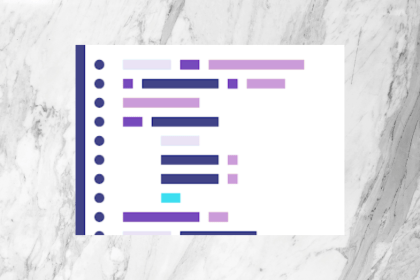
In this article, you’ll learn what flexbox and grid layout do and the benefits of using both to develop websites.
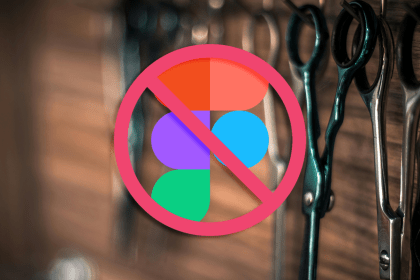
Did you know about the vertical trim setting in Figma? Here’s what it does and why it’s awesome but why you shouldn’t use it yet.
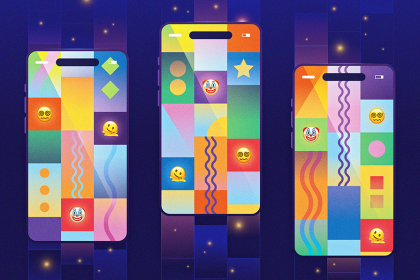
Digital addiction is bad for your mental and physical health. Learn what trends encourage this concerning behavior and how to avoid it.

A customer profile is a document that outlines the ideal customers of a business-to-business (B2B) company.
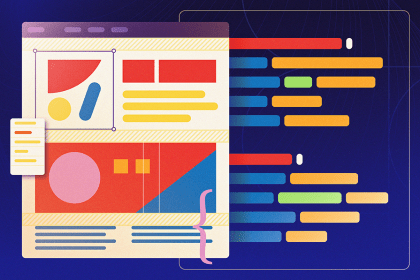
On the whole, design-to-code handoff hasn’t hit the mark; however, Figma Anima might be on the verge of solving design handoff using AI.

If you think about some of the businesses that market familiarity as a selling point, you actually don’t get negative vibes from them at all.

Asynchronous communication can enable you to remain focused on your work so that you have fewer distractions and are more productive.

A customer journey map is a flowchart that depicts the various stops that customers make before, during, and after purchasing.
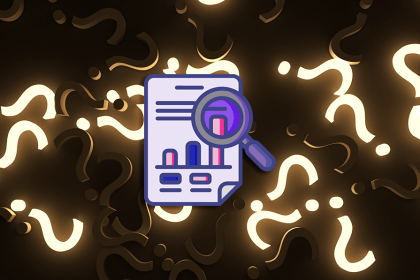
Learn what survey fatigue is, what causes it, and what you can do to prevent it, netting you more survey responses and quality insights.

A decision-making process is a methodology used for making decisions efficiently. It’s especially useful when you don’t know where to start.